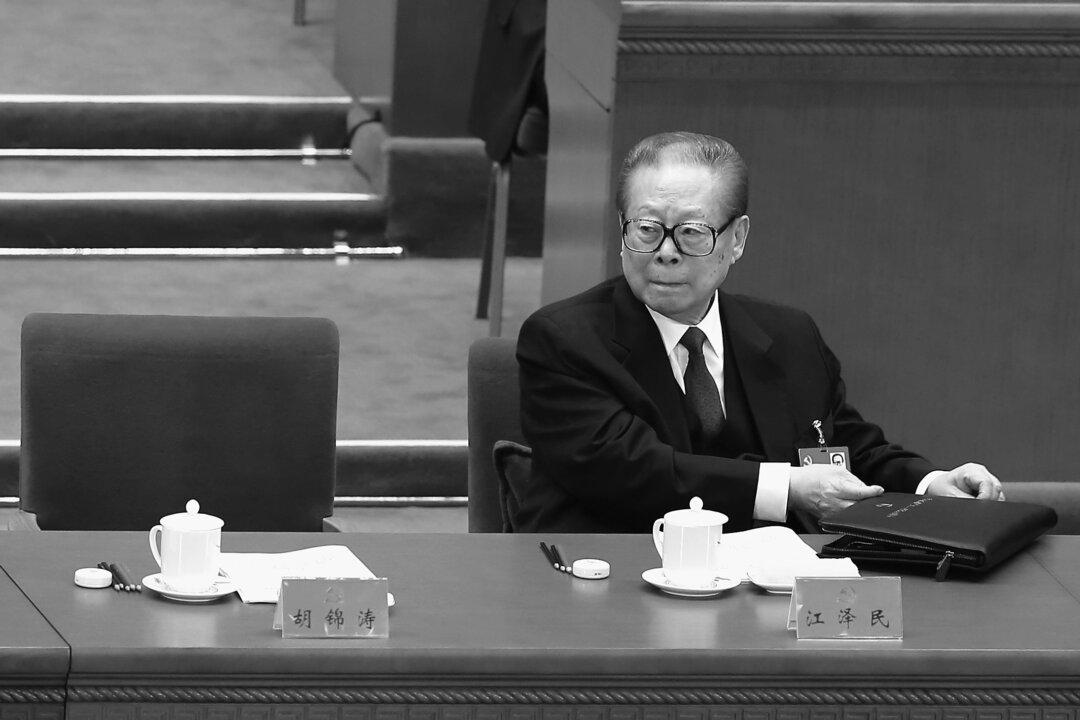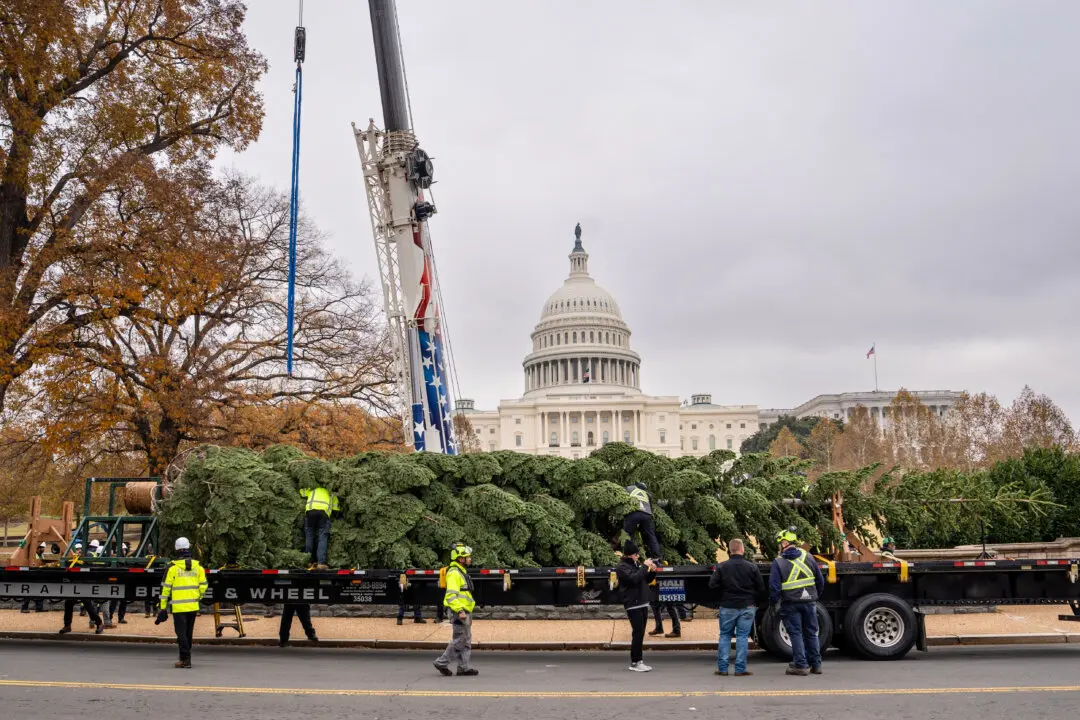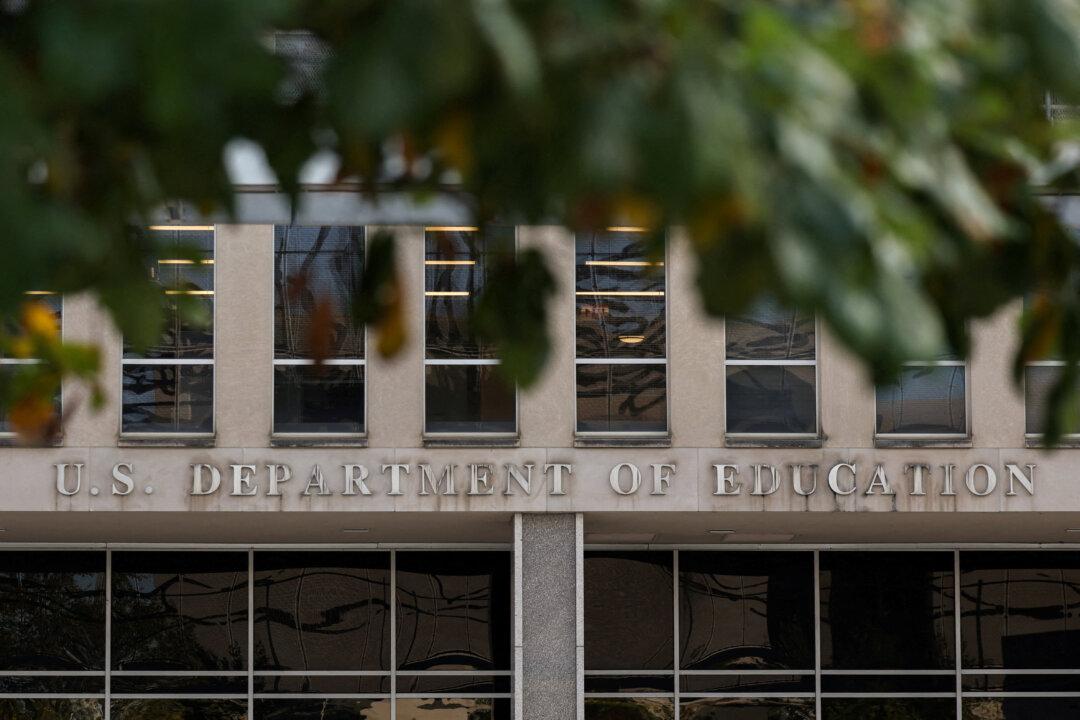Read the series here: Unbridled Evil
The Reality Behind China’s Economic ‘Miracle’ (Part I)
Section 1: State-Owned EnterprisesSection 2: Stock Market- The ATM Machine for State Enterprises
‘Fool and Swindle the Investors’
A Market That Does Not Pay
Big Losses for Ordinary Investors
- The Party’ Land Policy
The Grand Land Grab
Violence Erupts as Farmers Evicted
Self-Immolation Protests
Meager Compensation
Section 1: State-Owned Enterprises
Unprofitable SOEs
China’s industrial structure took shape in the 1950s, based on a large-scale aid program from the Soviet Union. The Soviet model was characterized by a system of State Owned Enterprises (SOEs) in key sectors. Inefficient and still pervasive today, SOEs have been the founding components of the Chinese economy.In a one-party system, the Communist Party must control the nation’s economic lifelines, and that includes the SOEs. The management of these enterprises freely administer the state’s assets, while taking no responsibilities for their losses. The senior executives only need please their superiors who appointed them.





